Property hunting just got a serious upgrade. Realtor.com's latest innovation promises to transform how home shoppers explore properties from their living rooms. The platform recently announced the launch of FlyAround, a cutting-edge immersive satellite viewing experience that leverages 3D Maps from Google Maps Platform. This technology-driven approach answers a real shift in behavior, with half of buyers now considering purchasing homes without in-person visits, according to Realtor.com's 2025 Consumer Attitudes & Usage Study.
What stands out is how FlyAround fills a blind spot in digital house hunting. Interior virtual tours show the rooms, sure. FlyAround shows the setting, how that dream house fits into its surroundings. The tool, powered by TopHap Inc, is a practical response to buyers who want solid property intelligence before they ever schedule a showing.
The technology behind immersive property exploration
Here is the key difference. Traditional virtual tours focus on interiors. FlyAround lets home shoppers see properties in full context, including lot size, topography, and neighborhood surroundings. Picture this: you fall for a cozy cottage online, then arrive to find it wedged by a roaring highway and a power substation. With aerial context, those gotchas show up early.
This satellite perspective closes an information gap that affects big-money decisions. Listing photos can sparkle, yet they rarely show if a backyard meets a commercial strip, how close the neighbor’s windows really are, or if that quiet street doubles as a commuter cut-through at 5 p.m.
The broader engagement data backs up immersive tools. Properties with virtual tours receive 87% more views than those without, and buyers spend 5-10 times longer on listings with 3D tours. Interior tours help you move through a space. Satellite views help you place that space near schools, shopping, transportation, and the neighborhood vibe.
It also solves a practical problem in hot markets. Virtual tours let potential buyers walk through properties without being there, often with detail on par with in-person tours, and FlyAround layers in environmental context you might miss unless you wander the area for hours.
Why immersive experiences matter for modern buyers
The shift to deeper digital exploration reflects how people now shop for big-ticket items. Virtual reality technology lets agents and developers showcase properties to international buyers without travel, saving time and money for both sides. Convenience is just the start. Better context means better decisions, especially for relocations where neighborhood dynamics can make or break a move.
Consider a few buyer journeys. First-time buyers may not know what to look for outside the front door. Investors care about location signals that interior photos cannot show. Military families navigating PCS moves need quick reads on school districts, commute patterns, and community amenities. FlyAround’s satellite view helps all of them judge fit, faster.
VR and AR let potential buyers interact with properties in ways that pictures and static brochures cannot. FlyAround extends that interaction to the block, the street grid, the parks, the daily routine. How would a Saturday look there? Where do you jog, grab coffee, catch the train?
Marketing gets a lift too. Beyond showing a room’s flow, digital staging can replace renting furniture or remodeling a property, and satellite views can spotlight proximity to amenities, natural features, or transit that ground-level photos often hide.
The demand is already visible. A 2023 Zillow Consumer Housing Trends report found 67% of homebuyers wished more listings had 3D/virtual tours. FlyAround answers that interest with context competitors’ interior-only tools skip.
For agents, this is edging from nice-to-have to must-ave. Using VR and AR technology can provide a competitive advantage for real estate professionals in the marketplace. Pairing interior tours with satellite context simply delivers more value than photos and descriptions alone.
Implementation and accessibility across the platform
Realtor.com’s FlyAround rollout is built for access at scale. The feature will be available for all MLS-sourced listings on Realtor.com with geo-coordinates, as well as off-market and recently sold property pages, in the next few weeks. That reach lets buyers research active options and compare them with recent sales, a simple way to read neighborhood dynamics without hopping between tools.
It also builds on familiar ground. Since 2017, Realtor.com has been working with Matterport, the residential industry's most widely-used provider of virtual home tour technology. Comfortable clicking through 3D interiors already? Sliding into satellite exploration feels natural.
The platform favors choice. The company has added partners like Asteroom and CloudPano to provide additional 3D tour options for home shoppers. FlyAround complements those interior tools, creating an inside-and-out experience without forcing a tradeoff.
Engagement data supports the layered approach. During peak lockdowns, listings with virtual tours received 17% more views per property. The surge may have started with necessity, but buyer expectations for richer information have stuck around.
Access matters too. FlyAround runs in standard web browsers, no special equipment or apps required, which opens the door to mainstream use rather than a niche crowd of early adopters.
What this means for the future of property shopping
FlyAround is more than a shiny feature. It points to property shopping that delivers intelligence, not just info. As 5G networks become more prevalent, VR and AR experiences will become more fluid and accessible, enhancing real estate marketing. That foundation sets up next steps like real-time neighborhood overlays, commute time views, and smarter local services layers.
Competition is heating up around data and visualization. CoStar's acquisition of Matterport will make the real estate giant a leader in 3D virtual touring and give CoStar ownership of Matterport's massive data library. At the same time, artificial intelligence is transforming virtual tour creation workflows, with automated scene recognition and virtual staging features. FlyAround carves out a lane by emphasizing environmental context that interior-heavy tools often leave on the cutting-room floor.
The ripple effects reach the transaction itself. Digital twins increase engagement time on listings, leading to more leasings or home sales, it's considered the new open house. A stronger satellite perspective could influence pricing, marketing strategy, and how buyers and sellers weigh location advantages that standard photography glosses over.
For consumers, the payoff is fewer wasted trips and more confident shortlists. Knock out nonstarters based on location first, then dive into interiors. For pros, it is a chance to surface strengths that used to hide in plain sight, and a nudge to build truly comprehensive marketing.
The trend line is clear. Property shopping is getting smarter and faster. Tools like FlyAround do not replace human judgment, they sharpen it, helping buyers and agents spend time where it counts. We are just at the beginning of a wider shift where digital exploration can match many parts of a physical visit.
PRO TIP: If you learn to pair interior tours with satellite context, you will move quicker and with more confidence, a real edge when the best homes draw multiple offers in a flash.




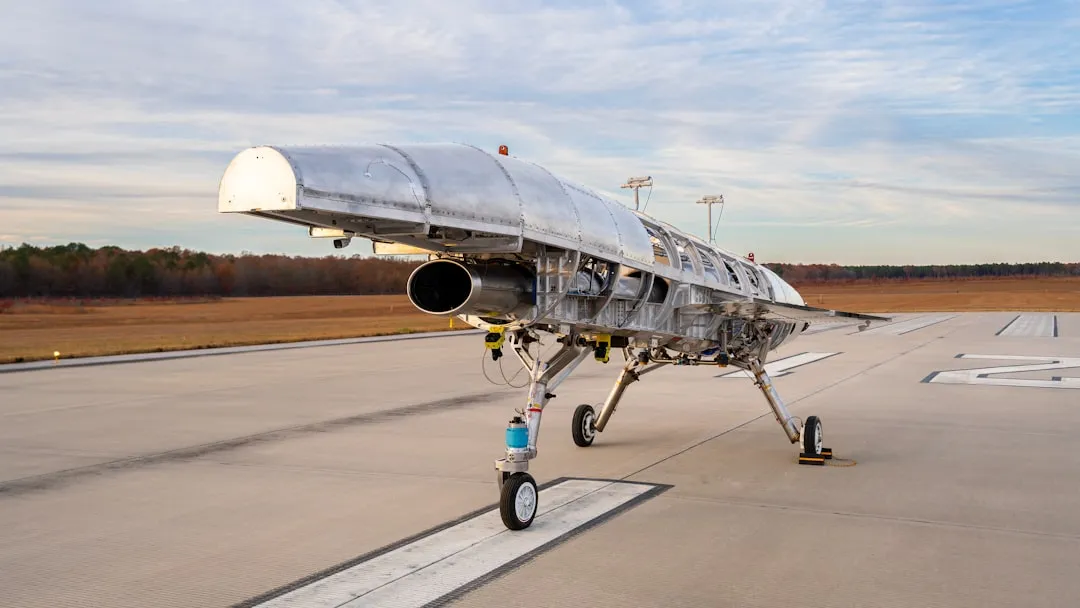
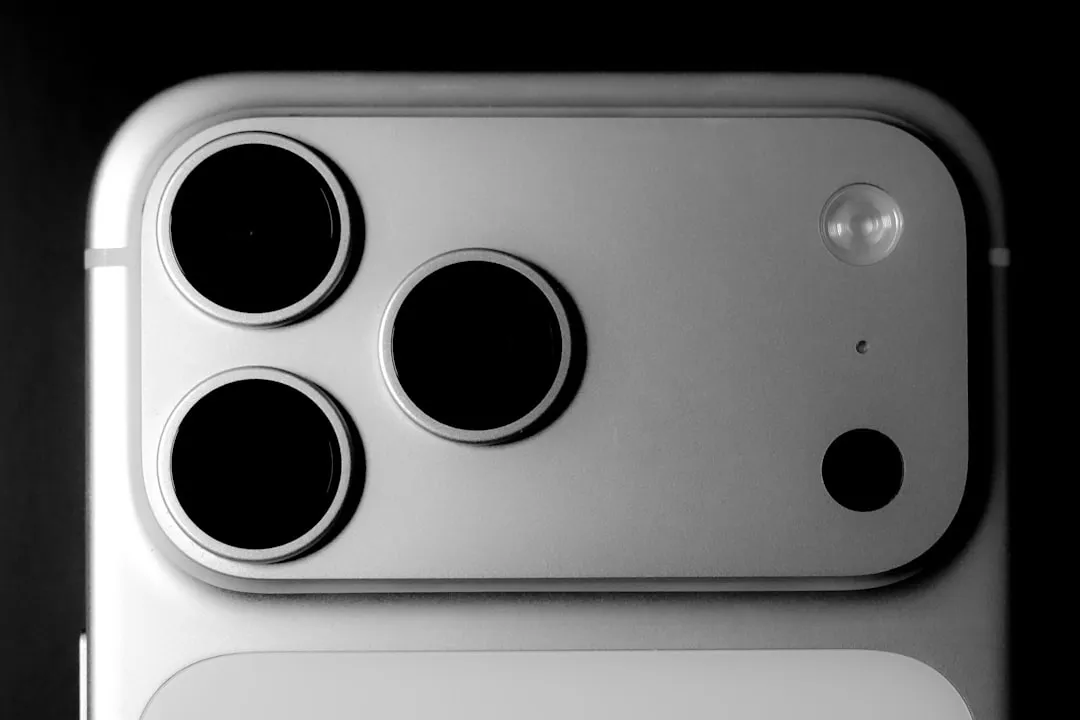








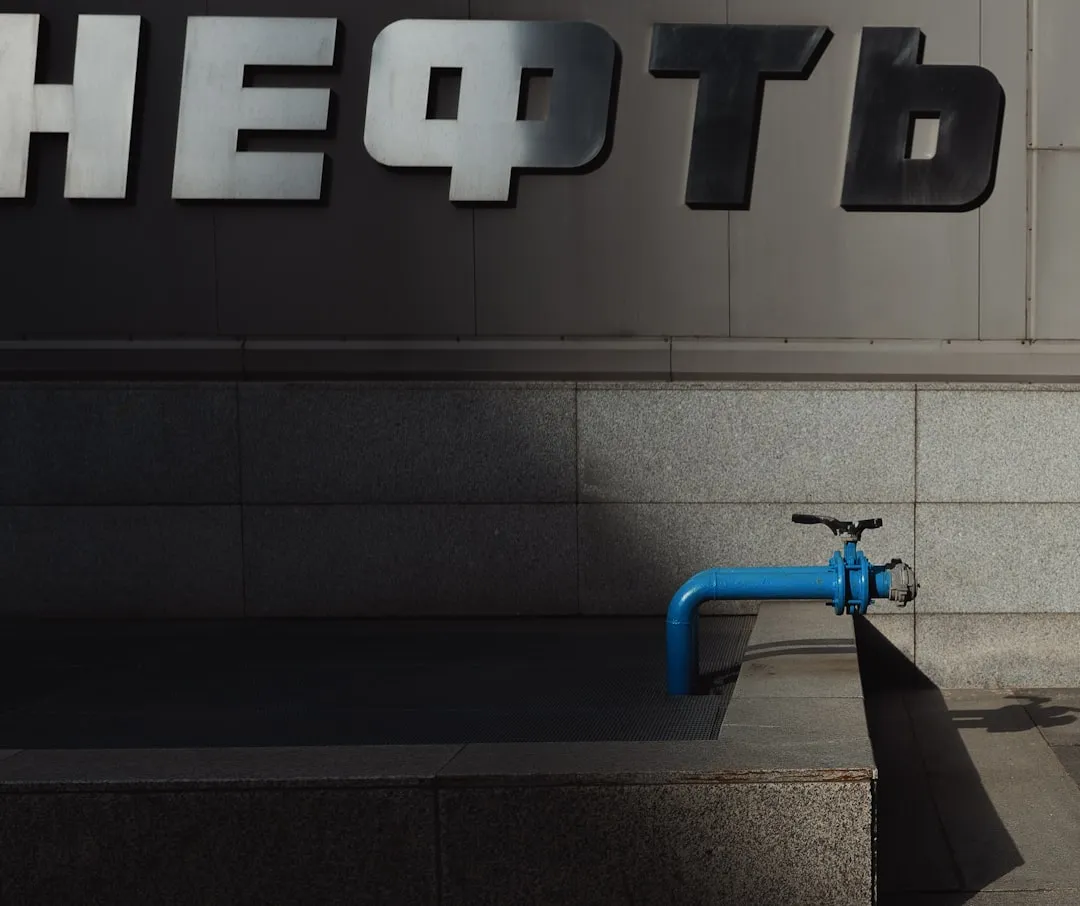
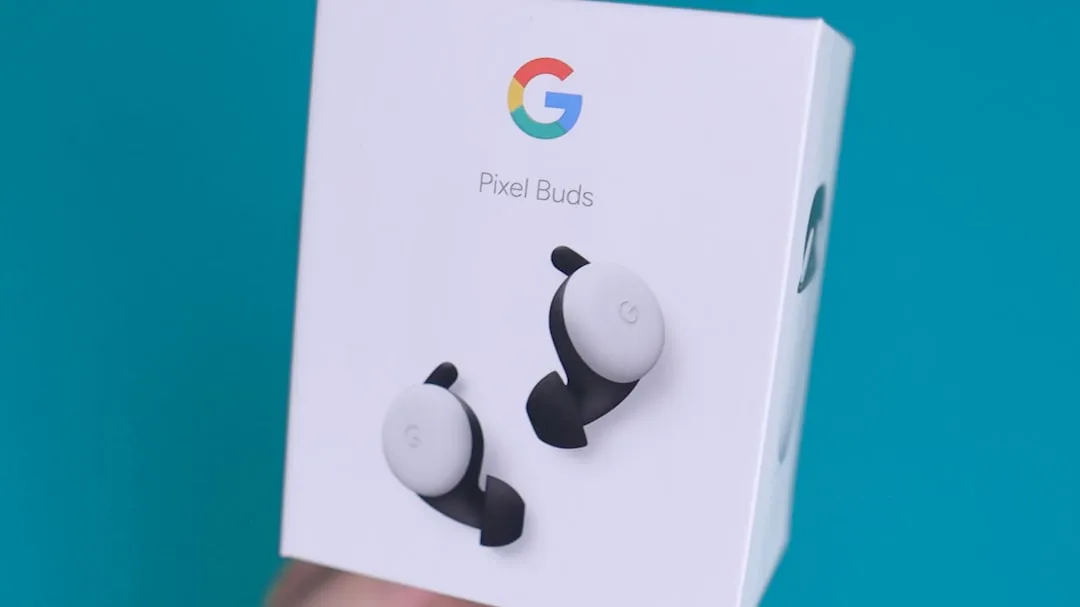
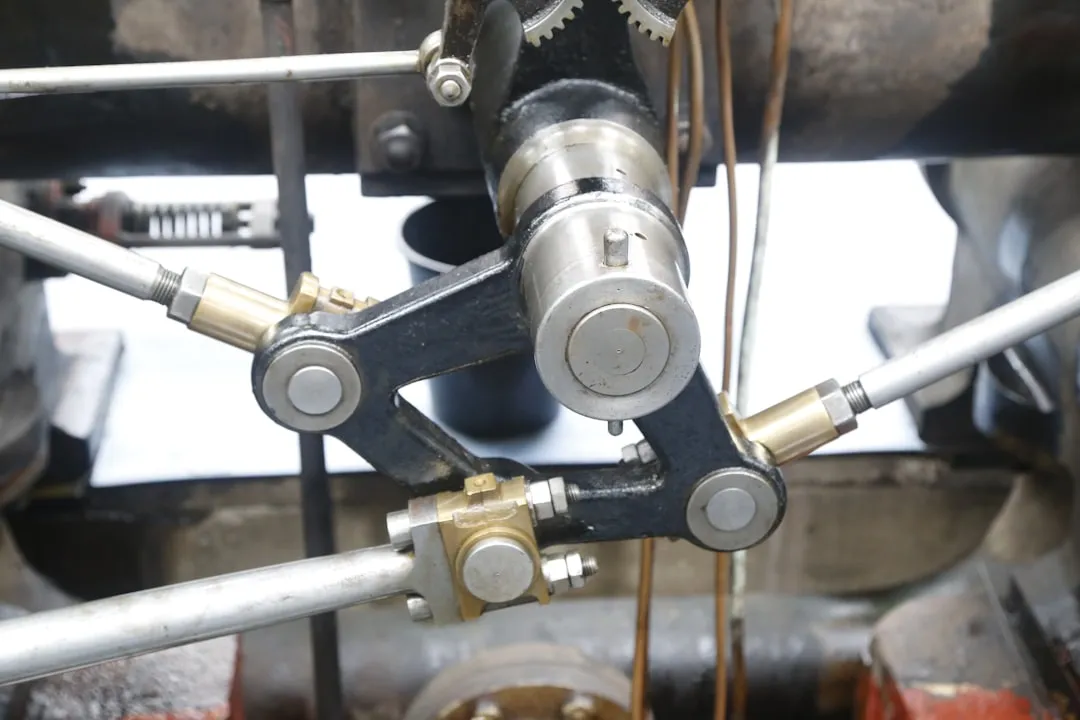

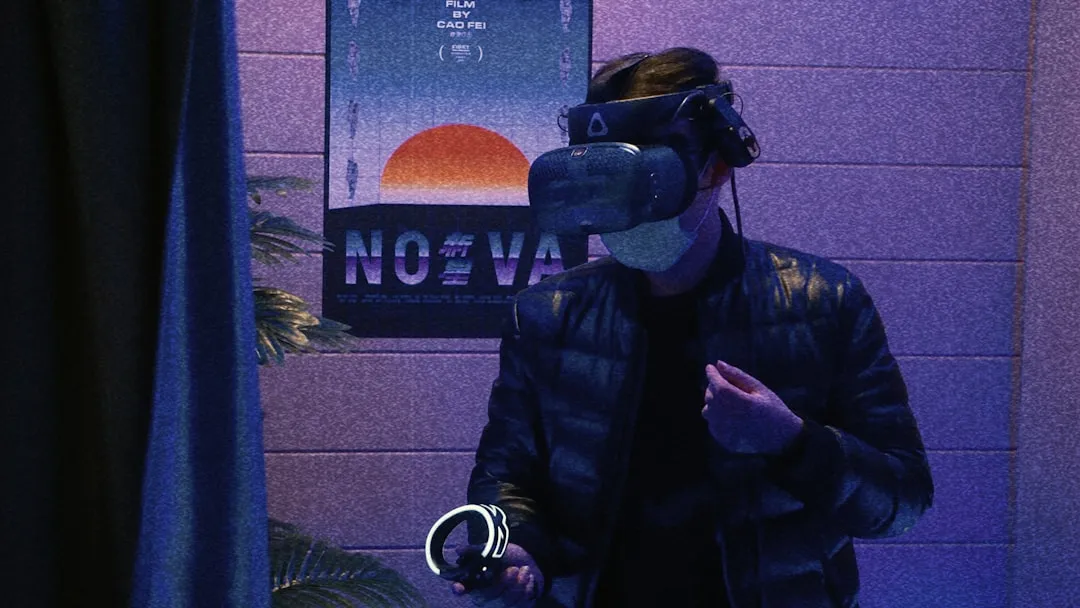
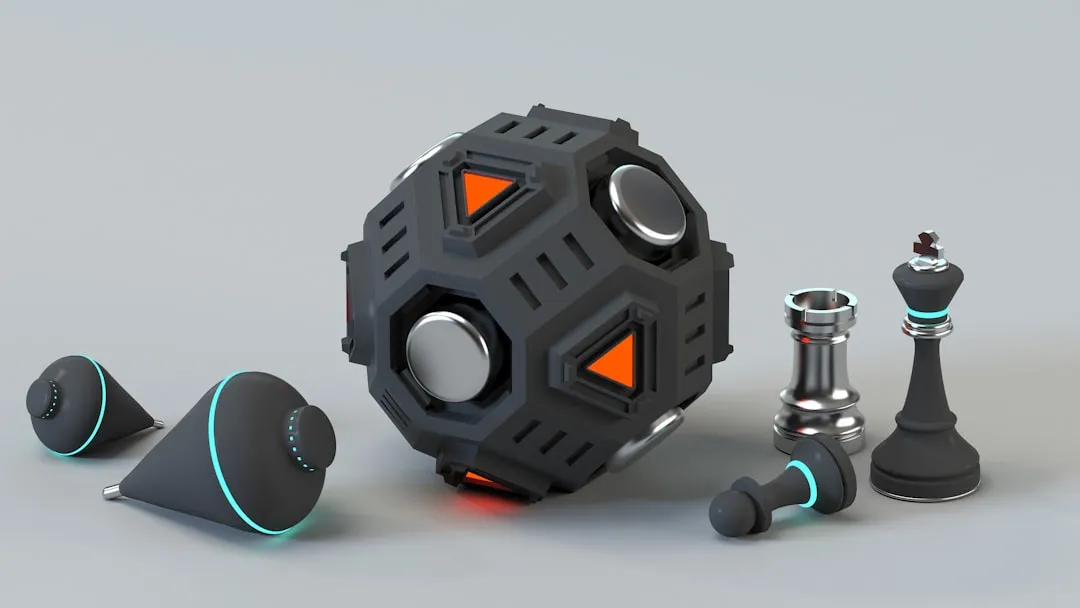
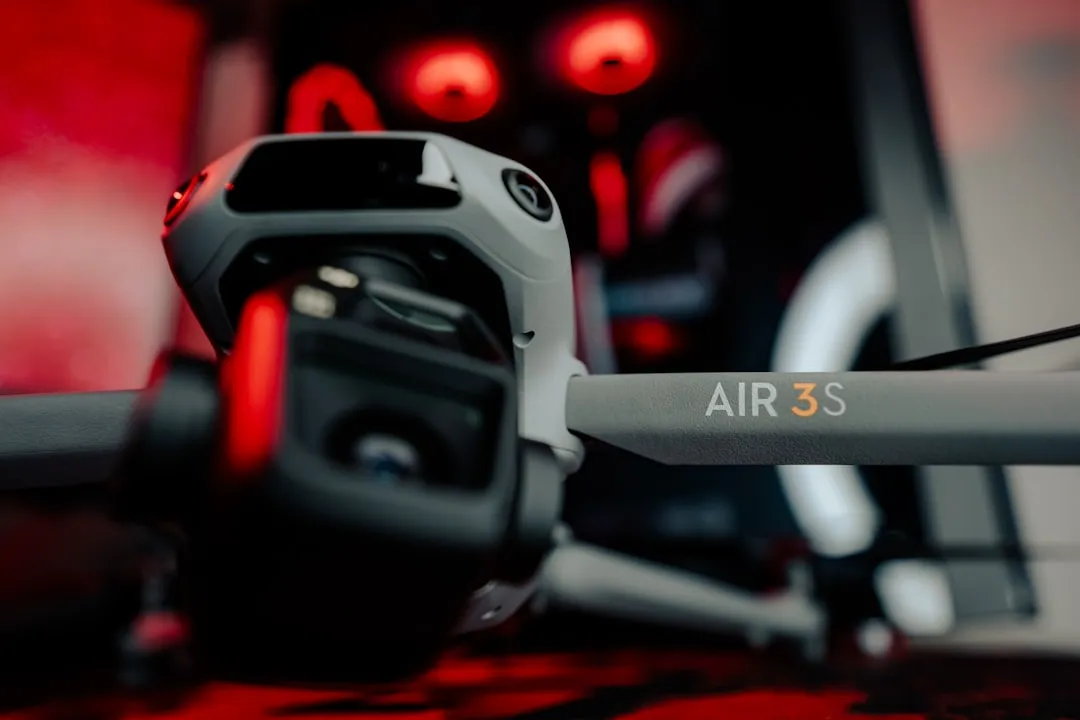

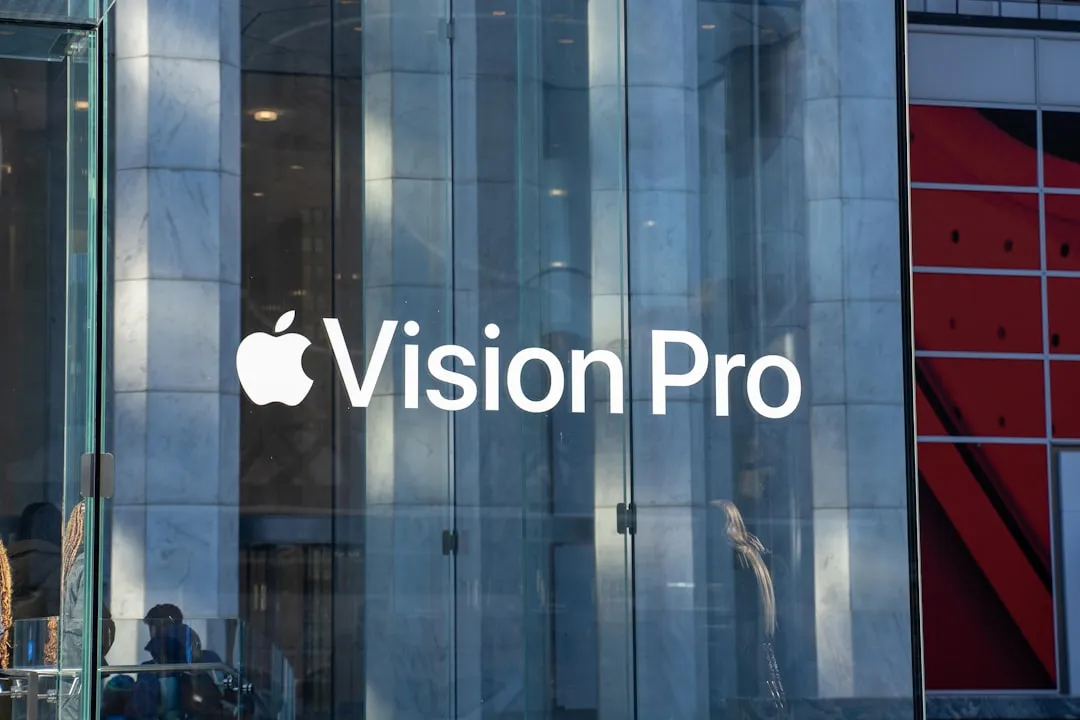

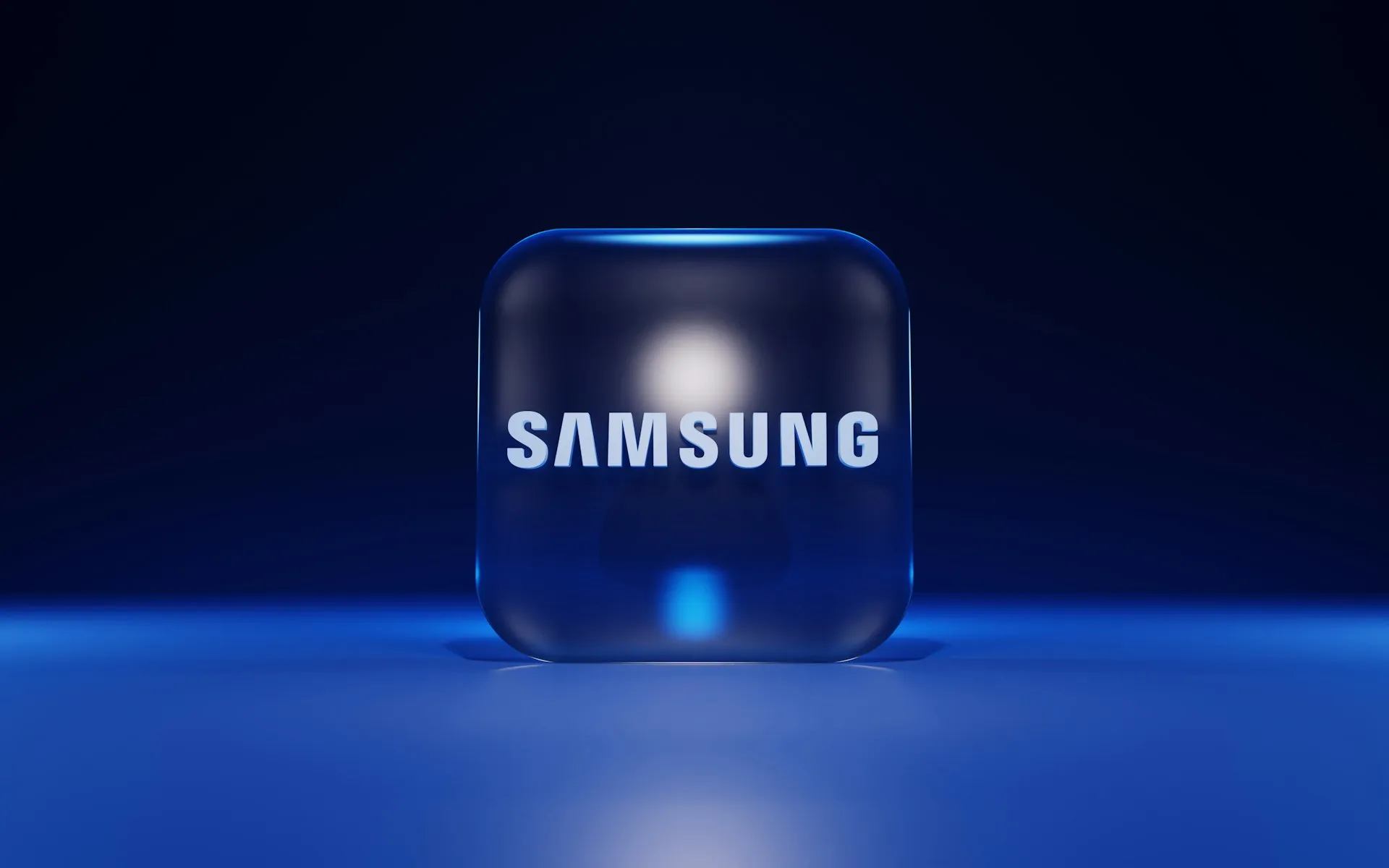
Comments
Be the first, drop a comment!